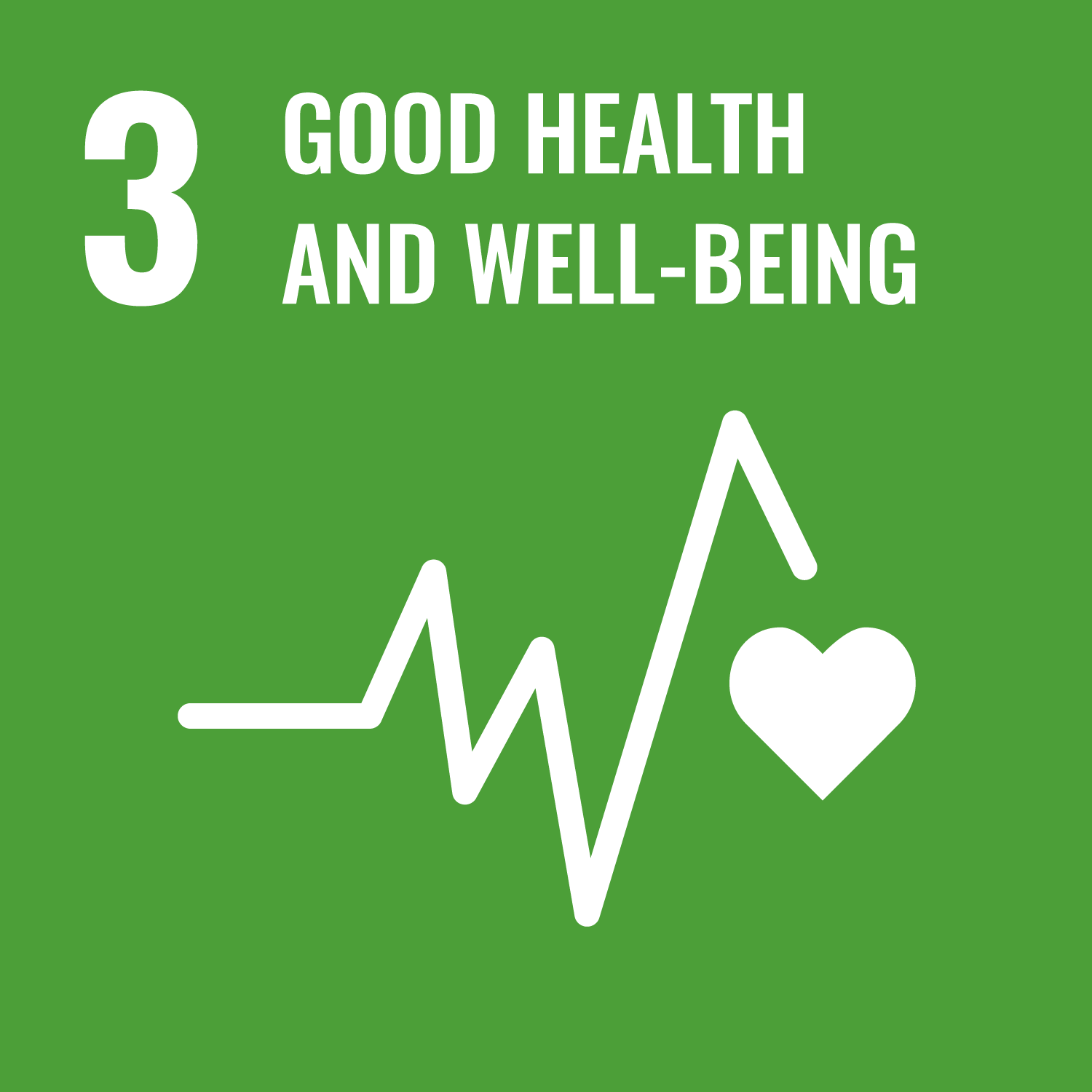ORCID
- Daniel S. Martin: 0000-0001-6220-8235
Abstract
Background Despite oxygen being the commonest drug administered to critically ill patients we do not know which oxygen saturation (SpO2) target results in optimal survival outcomes in those receiving mechanical ventilation. We therefore conducted a feasibility randomised controlled trial in the United Kingdom (UK) to assess whether it would be possible to host a larger national multi-centre trial to evaluate oxygenation targets in mechanically ventilated patients. Methods We set out to recruit 60 participants across two sites into a trial in which they were randomised to receive conservative oxygenation (SpO2 88–92%) or usual care (control – SpO2 ≥96%). The primary outcome was feasibility; factors related to safety and clinical outcomes were also assessed. Results A total of 34 patients were recruited into the study until it was stopped due to time constraints. A number of key barriers to success were identified during the course of the study. The conservative oxygenation intervention was feasible and appeared to be safe in this small patient cohort and it achieved wide separation of the median time-weighted average (IQR) SpO2 at 91% (90–92%) in conservative oxygenation group versus 97% (96–97%) in control group. Conclusion Whilst conservative oxygenation was a feasible and safe intervention which achieved clear group separation in oxygenation levels, the model used in this trial will require alterations to improve future participant recruitment rates in the UK.
DOI Link
Publication Date
2021-01-01
Publication Title
Journal of the Intensive Care Society
Volume
22
Issue
4
ISSN
1751-1437
Deposit Date
2021-04-28
First Page
280
Last Page
287
Recommended Citation
Martin, D., McNeil, M., Brew-Graves, C., Filipe, H., O’Driscoll, R., Stevens, J., Burnish, R., Cumpstey, A., Williams, N., Mythen, M., & Grocott, M. (2021) 'A feasibility randomised controlled trial of targeted oxygen therapy in mechanically ventilated critically ill patients', Journal of the Intensive Care Society, 22(4), pp. 280-287. Available at: 10.1177/17511437211010031


